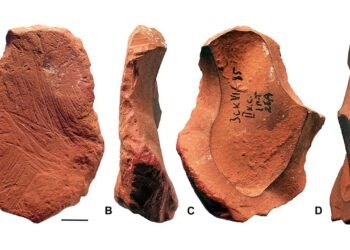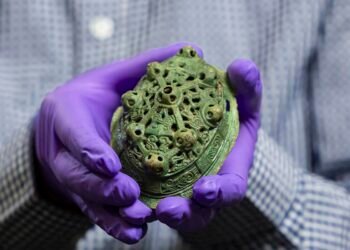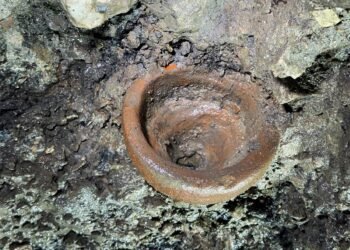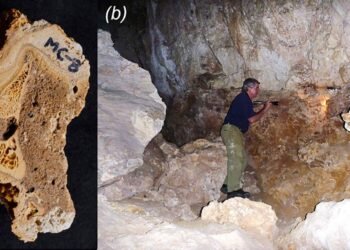For generations, scientists believed Neanderthals were high-order carnivores, subsisting on large game. Their fossilized bones indicated they had high levels of nitrogen-15, a chemical marker of diets rich in meat, even greater than those of lions and wolves. But a recent study brings something surprising: Neanderthals may have eaten maggots as a regular diet.

Published in Science Advances, the research indicates that Neanderthals’ elevated nitrogen levels were not only due to meat consumption but were strongly influenced by the consumption of fly larvae from decaying meat. Such maggots, which are nitrogen-15-rich, might have set the isotope values of Neanderthal bones to those of hypercarnivores.
The idea was conceived by anthropologist John Speth, who documented that Indigenous Arctic peoples consumed rotten meat and maggots as part of their diets. In response to his theory, biological anthropologist Melanie Beasley tested the nitrogen levels in decomposing human tissue and the maggots consuming it. She found that although nitrogen in the tissue rose slightly, it spiked in the larvae, far surpassing typical herbivore and carnivore levels.
This challenges the belief that the Neanderthals ate enormous amounts of fresh meat. Human beings, unlike carnivores, are unable to digest high amounts of protein without risk of “rabbit starvation,” a form of malnutrition caused by an excess of lean meat intake. Neanderthals most likely avoided this by consuming fatty parts of animals and eating aged, maggot-rich meat.

The idea might sound repulsive today, but in most ancient societies, insects such as maggots were nutritious sources of food. Indeed, approximately 2 billion individuals across the globe eat insects on a daily basis. Neanderthals could possibly have shared a similar view, gathering maggots from stored bodies when there was scarcity of food.
Archaeological evidence already suggests that Neanderthals were processing bones for fat and likely even stored meat. Maggot-infested flesh would have been a readily available, high-fat, protein-rich food source, especially in colder climates where rot was minimized and preservation was easier.
Although maggots cannot be found in the archaeological record, they can be traced chemically in bones. The study is not claiming that only maggots produced high values of nitrogen, but it suggests they would have had a significant role to play. Other practices—fermenting, cooking, and preserving meat—may also have played a part.
This new research demonstrates the dietary flexibility of Neanderthals. Far from being merely meat-eaters, as has often been supposed, they adapted to their environment in creative and practical ways. Their ability to extract nutrients from decayed meat and larvae attests to an ingenuity that displaces earlier, more limited views of their lives.
By rethinking what Neanderthals ate, we redetermine how we understand them—not just as hunters, but as smart survivors who embraced nature’s full offerings.






















Comments 0